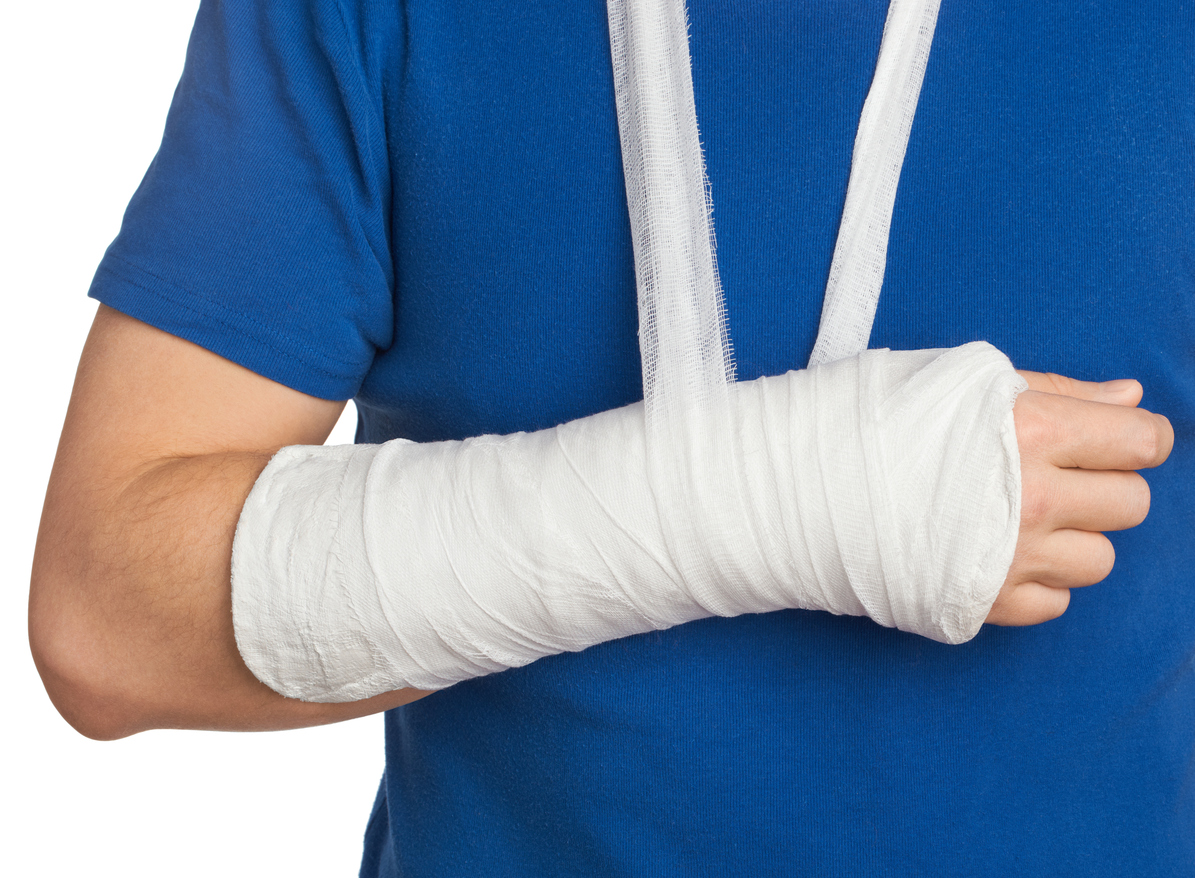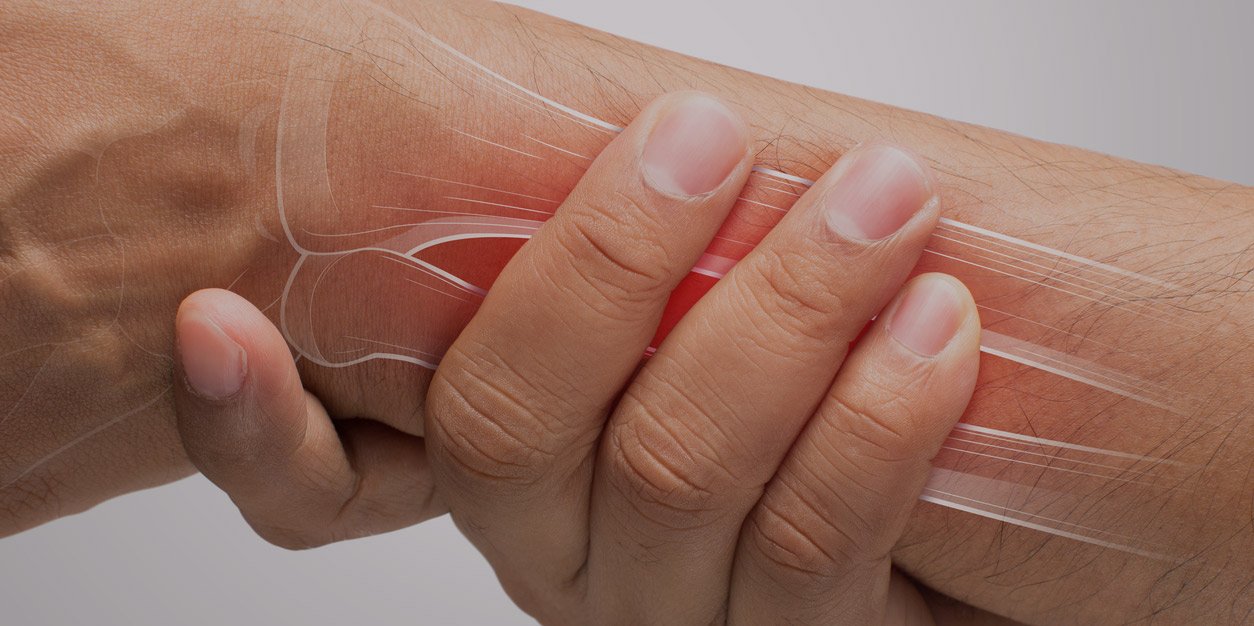Painful, debilitating, and with no quick fix, a broken wrist can prove very problematic. A Colles fracture is the name of an upward break in the large wrist bone. Typically caused by a fall or impact to the hand, they can be received by anyone at any level of fitness.
However, three-quarters of all sports-related fractures occur in the upper limbs and the wrist is one of the most common. Whether a high-performance athlete or not, anyone with a broken wrist will want to make a quick and full recovery.
Non-Surgical Colles Fracture Treatments
 The first action for any wrist break is to stabilize the joint then take measures to decrease the swelling.
The first action for any wrist break is to stabilize the joint then take measures to decrease the swelling.
A splint and a sling are generally used to prevent movement and elevate the injury.
By keeping the injured area above the height of the heart, will naturally alleviate the swelling.
Painkillers, both over-the-counter, and stronger prescription medication are often used.
This is to further reduce swelling during the initial recovery period.
Closed Reductions
Around 90% of all Colles fractures are healed conservatively. This means they are allowed to recover naturally without any surgical procedures being undertaken. While surgery is seldom required, the fractured bone often needs to be re-aligned by a doctor. This is done by a manual process known as traction.
Under anesthetic, the bone is maneuvered back into its correct position by carefully pushing and pulling it. This is best done soon after the break happens and allows the fracture to correctly fuse back together.
Between one to two weeks later, a scan will determine whether the bone is set as desired. If not, further reduction or an operation may be required to ensure full functionality will be restored.
Surgical Procedures to Treat a Colles Fracture
Open reduction, or surgical management as it is often called, allows for much greater precision in setting a bone. If not correctly in place, a malunion of the fractured bone will occur. This effectively prevents a full recovery from being achieved.
Through surgery, either pins or a plate are used to hold the bone parts in place. Most fractures are aided in this way using locked Volar plating. This is a plate that offers increased amounts of stability.

This is fixed in place using Kirschner wires (K-wire) which are sterilized stainless steel pins widely used in medicine. This whole procedure is viewed by a surgeon using fluoroscopy, a type of live X-ray video feed that provides a detailed image of the site.
Like any surgical procedure, there are some small risks involved. However, this operation can greatly increase the speed and overall success of recovery. Furthermore, it is the only way to correct more severe and complicated breaks to a satisfactory level.
Physiotherapy Options
Making a full recovery from a Colles fracture involves more than simply healing the damaged bone in the wrist. The muscles and ligaments surrounding the injured bone will lose strength over time through inactivity. Once the bone has fused, exercise is then needed to return to full health. This includes more than just the tissue directly in contact with your wrist.
Joints in the fingers, elbow, and shoulder will all suffer an element of deterioration and will need restrengthening. But while physiotherapy can aid recovery, it can also prove harmful. Doing, too much, too soon, or incorrectly performed exercises can be detrimental.
To prevent this, rehabilitation plans need to account for the full set of circumstances surrounding an injury. There are several factors that affect how long any recovery will take. This includes:
- The severity of the injury
- Any secondary problems suffered
- The patient’s age and recuperative abilities
- Their lifestyle and diet
A bespoke recovery plan offers the quickest and safest path to regaining full health. A professional physical therapist will assess all associated circumstances to create a detailed plan. This action plan will also be carefully monitored to ensure that it delivers the expected results.
Some exercises may seem hard or slightly painful to carry out. When correctly applied, however, they will prove hugely beneficial.











